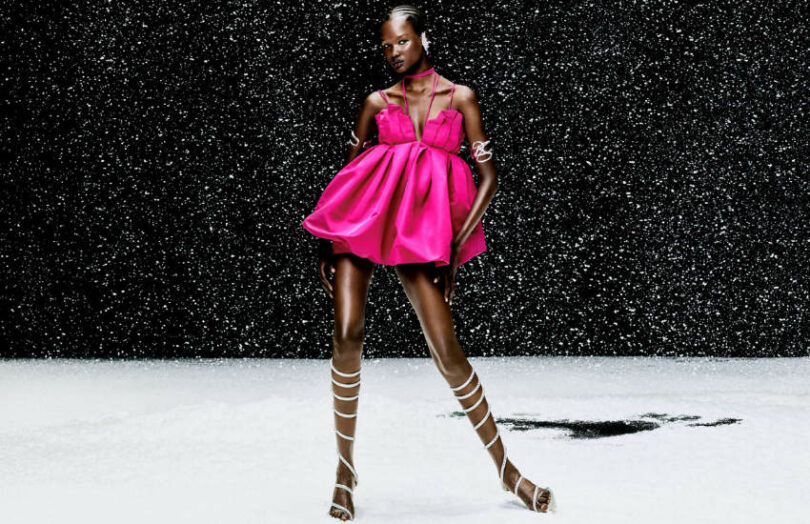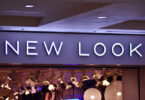In November, the multinational fashion company H&M launched a new collection, “The Metaverse Design Story“. Codesigned by the Institute of Digital Fashion (IoDF), the clothing is inspired by the metaverse and contains both physical ready-to-wear garments and digital wearables, including 3D filters. The designs also consider circularity and incorporate recycled fibers from discarded textiles and recycled sequins made from plastic bottle waste. This particular initiative doesn’t use NFTs or web3.
“We wanted to present our customers with an explosive collection that captured the excitement we all feel at the dawning of the metaverse, but also the fascination we have with the natural world,” said Ella Soccorsi, concept designer at H&M. “The resulting collection is extraordinarily tactile, with hand-beaded and intricately constructed garments, but it also explores the endless possibilities of the digital sphere and H&M’s circular mindset.”
As a design agency, IoDF promoted the connection between web3 and sustainability last year at the London Fashion Week. It sees digital fashion as a way to harness creativity while reducing waste. The company’s website lists a host of apparel companies amongst its clients, including Marks & Spencer, Adidas, Gucci, Louis Vuitton, and Prada. It is planning its own NFT drop and has partnered to create NFTs alongside fashion companies and digital avatars in collaboration with Tiktok. IoDF is one of a slew of new digital fashion houses, including The Fabricant.
H&M has also engaged in other digital ventures. In 2021, it was focused on blockchain traceability of textiles. In April 2022, the company announced a virtual showroom with 3D rendered materials and garments. This followed on its first virtual world experience in Jan 2022, where it collaborated with Maisie Williams and DressX with curated virtual looks styled by 3D graphic designers.
In November 2022, the company created an immersive experience “Loooptopia” on Roblox for fans to discover their digital fashion identities. The experience allows users to collect different fabrics and elements to create clothing combinations. Other retail clothing companies have also been active in their Roblox presence – including Nike, Forever 21, Claire’s and Gap. While Roblox graphics do not lend themselves to appreciating the details of fashionable apparel, with 46 million daily users, companies consider it as an opportunity to sell digital clothing to engaged Gen Z audiences.






